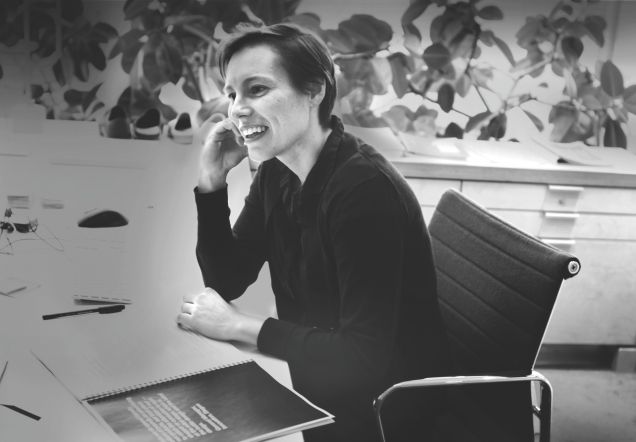
Stamping out crime? Vera Winthagen prefers a more constructive approach: Designing Out Crime. At the TEDxSalon on Secure Societies she’ll be talking about applying design thinking to crime prevention. Meet the first of four inspiring speakers.
Designing Out Crime (DOC) is the name of the programme Vera Winthagen heads at Eindhoven University of Technology, and the brainchild of Prof Kees Dorst of the DOC research centre in Sydney.
Eindhoven has a reputation as a design hotspot. It’s home not only to DOC, but also to the Dutch Design Week and the world-class Design Academy where Winthagen completed her studies. She went on to focus on designing for sustainability before specialising in intercultural design and changing behaviour – as in crime prevention.
But how do you cut crime just using design? What’s the trick?
“There’s no trick,” says Winthagen. “When people think of designers they think of people who come up with new solutions. But what we do is we investigate the problem – much better than most designers usually do. We make the problem bigger, more complex. We include more stakeholders and more factors that indirectly have to do with the problem.” (Article continues below video)
Designing out Insecure Societies: Vera Winthagen at TEDxHagueAcademySalon
"I'm a catalyst"
She gives an example of a problem DOC set out to solve in Eindhoven: how can you make the city’s nightlife district safer for teenage girls? A close study revealed that this wasn’t the right question to ask. In fact safety wasn’t such a problem for girls – boys on a night out were four times as likely to get into trouble.
“What we do as designers is to look at the physical surroundings but also at people’s emotions, and that’s what we try to connect,” says Winthagen. Not that other designers don’t think about emotions, she adds. “But we go beyond that. We see the underlying values, the deeply felt beliefs.”
What DOC discovered was that the security problem for Eindhoven’s clubbing girls wasn’t on the street, but in the minds of parents. The real task was to put those minds at ease.
But how? Conventional crime prevention measures like security cameras actually have the opposite effect, she explains. They send a message that an area must be really dangerous. What was needed was to help the parents to let go and stop worrying. One design intervention DOC students came up with was a GPS tracker housed in girls’ bike keys. This allowed parents to keep tabs on their daughters’ whereabouts, thus increasing their sense of security.
At TEDxHagueAcademy, we’ll hear Winthagen’s ideas worth spreading on design as a tool to create a more secure society. “I’m a catalyst,” she says. “What I do is bridge the idea world with the physical world.”
Visit TEDxHagueAcademy on Facebook.
